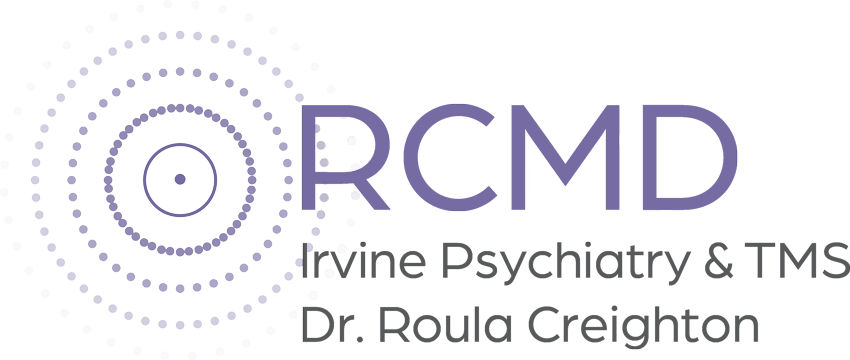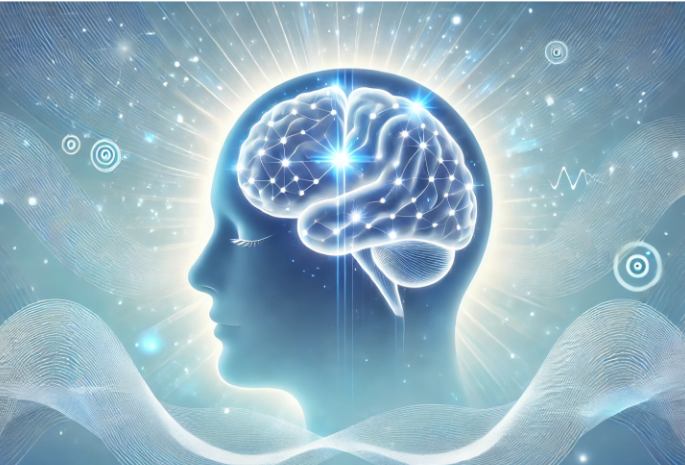If you or a loved one is struggling with depression, you may have come across two innovative treatment options: Transcranial Magnetic Stimulation (TMS) and Spravato (Esketamine). Both treatments offer hope for individuals dealing with treatment-resistant depression, but they work in different ways and have unique benefits and drawbacks.
In this article, we’ll dive deep into TMS vs Spravato to help you understand what questions to ask to identify the right option for you.
Understanding TMS and Spravato
Depression is a complex mental health condition that can be difficult to treat. While traditional antidepressant medications with or without psychotherapy work for some, others may find little to no relief. This is where new and alternative treatments like TMS and Spravato come into play.
Both of these treatments are FDA-approved and designed to help individuals who have not responded well to conventional antidepressants. However, their mechanisms of action, effectiveness, and suitability differ significantly.
What is TMS (Transcranial Magnetic Stimulation)?
TMS is a non-invasive procedure that uses magnetic pulses to stimulate specific areas of the brain associated with mood regulation. This process helps to improve communication between neurons, thereby alleviating symptoms of major depressive disorder (MDD).
A typical TMS session involves placing a coil on the patient’s scalp, which delivers painless magnetic pulses to targeted regions of the brain. Unlike medications, TMS does not introduce chemicals into the body, making it a popular option for individuals who have difficulty tolerating the side effects that may come with medications.
Benefits of TMS
TMS offers several key benefits:
- Non-invasive treatment: No surgery, no anesthesia, and no systemic side effects like those that may be caused by medication.
- Minimal side effects: The most common side effects include mild headache or scalp discomfort, which usually subside with time.
- High success rate: Many individuals experience long-term relief from depression symptoms after completing a TMS treatment course.
- No dependency risk: TMS does not pose a risk of dependence or addiction.
- FDA-approved for depression: Recognized as a safe and effective treatment option for treatment-resistant depression.
Who is TMS For?
TMS is ideal for individuals who:
- Have not responded to at least two different antidepressants.
- Prefer a non-drug alternative for managing depression.
- Do not have a history of seizures or metal implants in the head, which may interfere with treatment.Have not responded to at least two different antidepressants.
What is Spravato (Esketamine)?
Spravato is a nasal spray containing esketamine, a compound derived from ketamine, designed specifically for individuals with treatment-resistant depression (TRD). Unlike traditional antidepressants, which can take weeks or months to work, Spravato provides rapid relief by increasing glutamate levels in the brain, which helps restore damaged neural connections.
Spravato must be administered under medical supervision in a certified healthcare setting due to its potential for side effects, including disassociation, dizziness and high blood pressure.
Benefits of Spravato
Spravato provides several unique advantages:
- Fast-acting relief: Some patients experience improvements within hours of the first dose.
- Appropriate for severe depression: Particularly beneficial for those with suicidal thoughts and severe depressive symptoms.
- Alternative for medication-resistant individuals: Helps people who haven’t found relief through traditional antidepressants.
Who is Spravato For?
Spravato may be a suitable option for individuals who:
- Have tried at least two different antidepressants without success.
- Need rapid relief from depression symptoms.
- Can commit to supervised treatment sessions in a medical setting.
Comparing TMS vs Spravato
Both treatments are designed for treatment-resistant depression, but they differ in terms of
how they work and what they offer.
Effectiveness of TMS vs Spravato
- TMS provides long-term symptom relief but requires daily sessions over several weeks before significant improvements are seen.
- Spravato offers fast relief, often within hours, but the effects may be short-lived without ongoing treatments.
- Studies suggest TMS has a higher long-term success rate compared to Spravato, especially for individuals looking for sustainable recovery.
Side Effects of TMS and Spravat
While both treatments are generally safe, they have different potential side effects:
- TMS side effects are minimal and may include mild headaches, scalp discomfort, or temporary lightheadedness.
- Spravato side effects can be more intense, including dizziness, nausea, disassociation, and an increased risk of misuse or dependency.
Cost Comparison: TMS vs Spravato
- TMS is often covered by insurance for individuals with treatment-resistant depression.
- Spravato is expensive and requires ongoing treatments, making it less affordable for some individuals.
- Out-of-pocket costs vary, but TMS is generally more cost-effective over time due to its long-lasting benefits.
Which Treatment is Right for You?
Deciding between TMS vs Spravato depends on several factors:
- Severity of Depression: If you need rapid relief from severe symptoms, Spravato may be the better choice. If you’re looking for a potentially longer lasting benefit, TMS might be more beneficial.
- Tolerance for Side Effects: Some individuals prefer TMS because it does not involve disassociation or nausea, which are common with Spravato.
- Cost & Insurance Coverage: TMS is more likely to be covered by insurance, making it a more accessible option for many individuals.
What Irvine Psychiatry and TMS Offers
At Irvine Psychiatry and TMS, we specialize in personalized cutting-edge depression treatments, including TMS and Spravato. Our team of experienced professionals will assess your unique needs and recommend the most effective treatment plan for you.
SHARE pOST:
RECENT POST:



